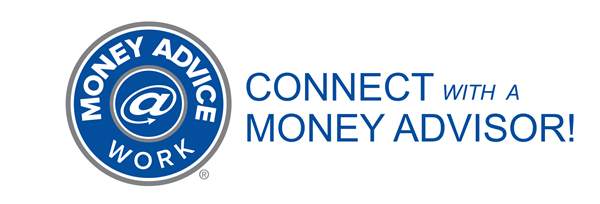While the “Trump rally” has lifted U.S. stocks and given a boost to the typical 401(k) account, don’t count on riding this bull market to financial security in retirement. My advice: take the following steps to best ensure your retirement readiness.
Save more
It’s hard work building up enough savings to afford to live comfortably in retirement. In fact, if you turned 65 today, you’d need nearly $1,000,000 to purchase an annuity that will pay you $5,000 a month until you die. Your goal should be to save at least 10% of your pay towards retirement throughout your working lifetime. If you need some help getting there, consider utilizing a tool your retirement plan offers called auto-escalation, which boosts your annual savings rate 1% per year without you lifting a finger.
Spend less
An easy way to spend less is to investigate your retirement investment expenses and eliminate those which are clearly not adding value. We see people paying way too much for underperforming funds and managed account services. Look for an index fund alternative to replace a persistently underperforming fund. I have yet to find a managed account service that outperforms the best off-the-shelf target date retirement fund alternative.
Another way to spend less so you can save more is to inject some discipline into your daily finances by creating a budget. Know how much you can afford to spend each month on everything from food to entertainment and stick to it. Consider using new technology such as Mvelopes.com to track your credit card expenditures and warn you when you are nearing your monthly limit. Or try the always-popular low-tech method of occasionally leaving your debit and credit cards at home and pay cash.
Rebalance investments
While it is never a good idea to try and guess when to get in and get out of the market, one investment strategy that is a time-tested winner is rebalancing. For this strategy to work, it’s essential you have the emotional discipline to sell what everybody else is buying, and buy what everybody else is selling. If you don’t have the self-discipline to rebalance, most 401(k) plans offer an auto-rebalance feature, or alternatively, you can always turn control of your assets over to a professional by investing in your plan’s target retirement date or balanced fund.
Minimize taxes
If your goal is to reduce current taxes, increasing your pre-tax 401(k) deferral amount will certainly help. If you’re under 40 and your current tax burden isn’t a primary concern, investigate the long-term tax benefits of saving in a Roth account. The power of tax-free compounding over a long period of time, combined with the ability to avoid mandatory distributions at age 70 ½, makes Roth a powerful tax avoidance tool for the future.
If you’re a successful saver, and interested in passing on part of your retirement savings to a non-spouse heir income tax free, talk with your accountant about the wisdom of an in-plan Roth conversion. Also, check your current beneficiary election to make sure it is up to date. This is especially true if you recently changed marital status. Remember, your 401(k) account passes to whomever you have named, and if that’s not your spouse, you’re likely to lose some important tax breaks upon your death.
Get organized
If you have accumulated multiple accounts from years of moving between companies, consolidate them so you can better manage your investments and possibly reduce costs. Almost all 401(k) plans accept “rollover” contributions, as do IRA custodians. If you have lost track of a retirement account and are not certain how to find it, here are a few suggestions. Contact your old employer and ask if they have any record of your account. If your old employer no longer exists, look on an old statement for the name of the firm that administered the plan and call them. Alternatively, most plans are required to file an annual “Form 5500” with the Federal Government. These forms can be accessed at freeERISA.com and can yield names and numbers to contact. Or try websites like Unclaimedretirementbenefits.com, as a last resort.
Once you have consolidated, it’s time to aggregate your investment accounts electronically to optimize your asset allocation strategy. Again, this is an area where new technologies can help. Software from companies such as Mint.com and Everydollar.com are great tools for bringing your accounts together electronically for asset allocation and cash flow projecting purposes. Having your accounts organized in this manner can also be extremely helpful for estate planning purposes.
Don’t wait around
Bottom line, don’t wait around hoping the next bull market is going to solve your retirement planning problems. Take these five steps and you can have confidence you are closer to realizing your retirement goal.
This column originally appeared in the Journal Sentinel. The material provided is for informational purposes only. Neither the information nor any opinion expressed constitutes a solicitation for the purchase or sale of any security. Francis Investment Counsel does not offer personal tax or legal advice.

